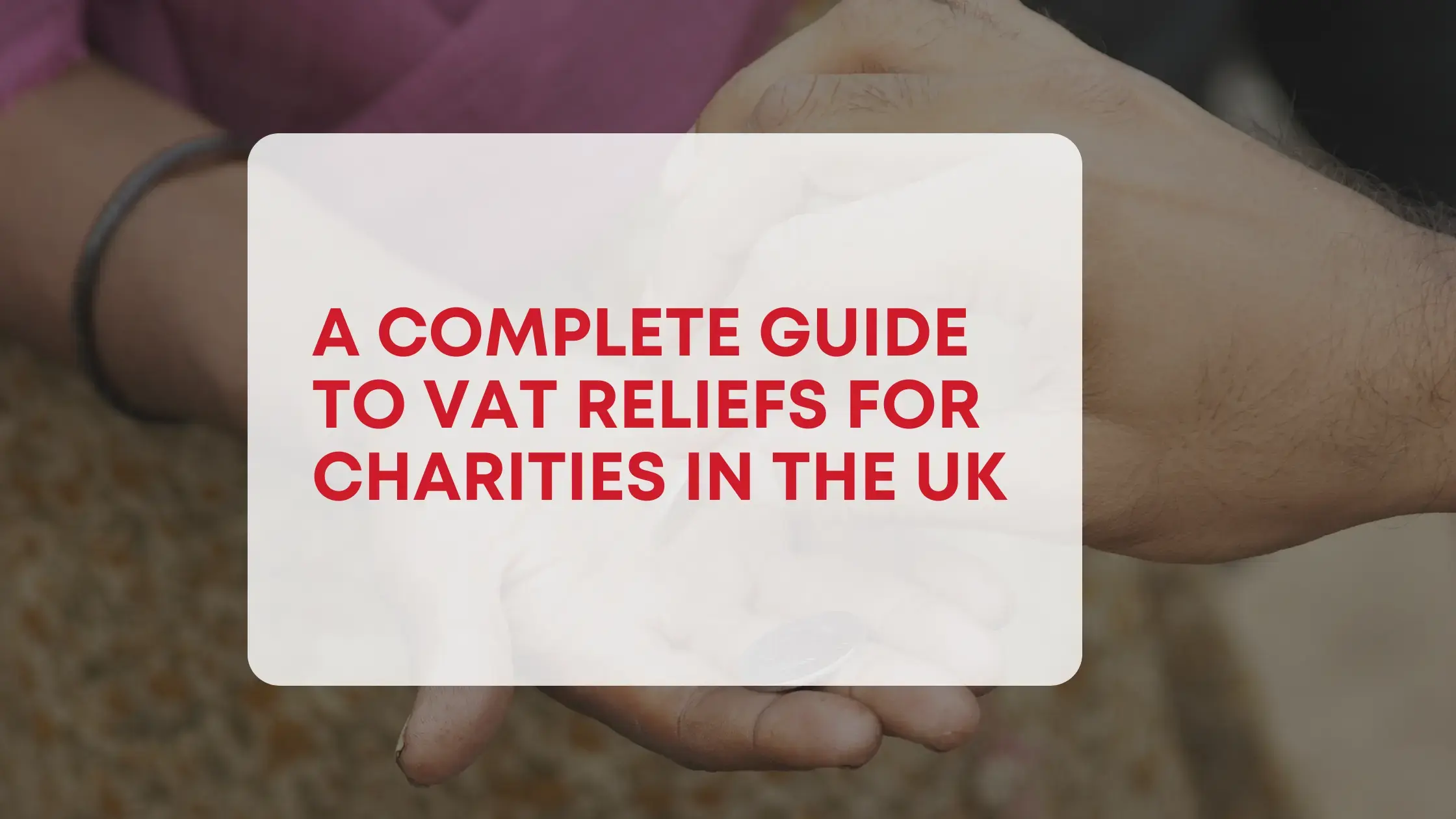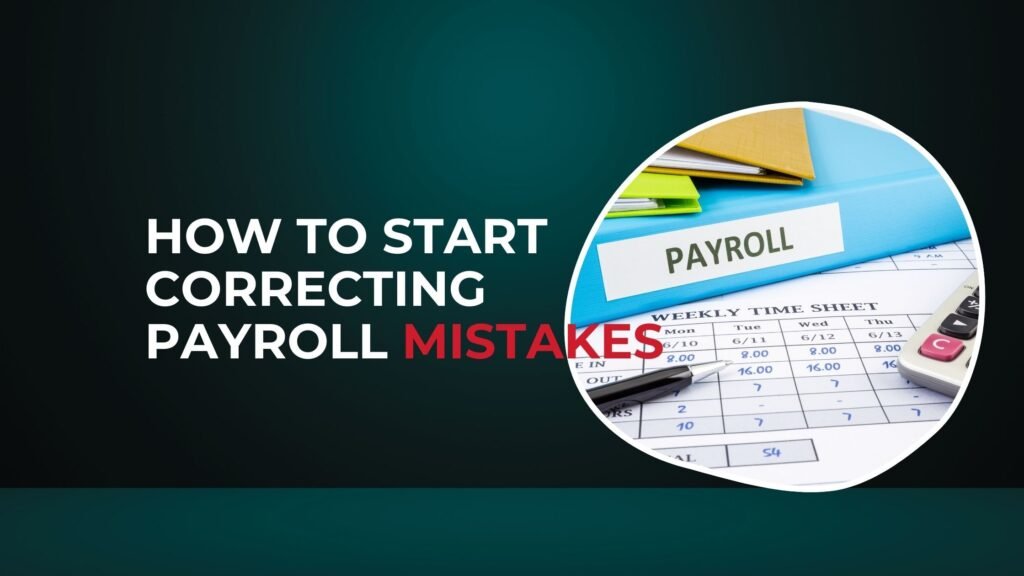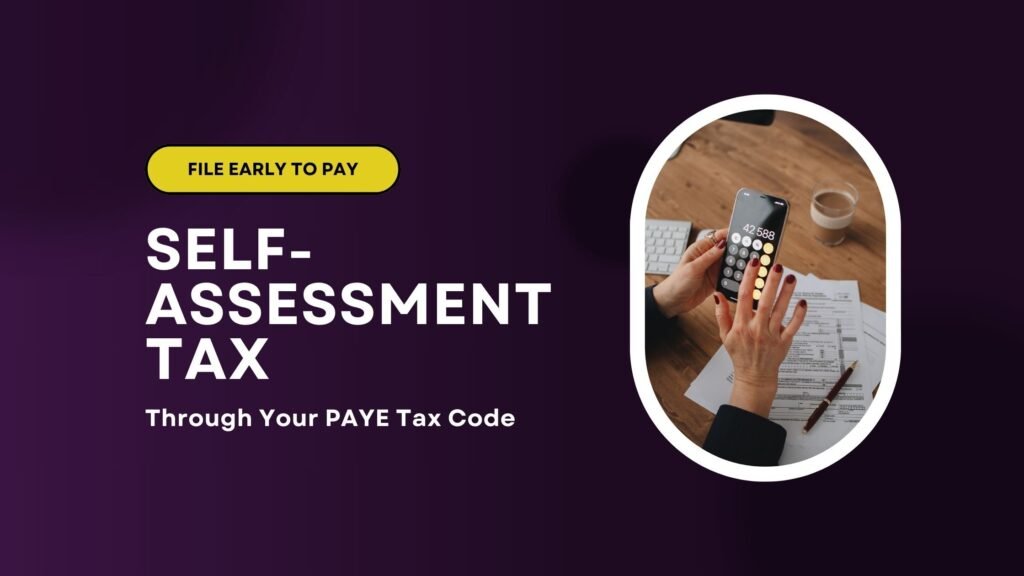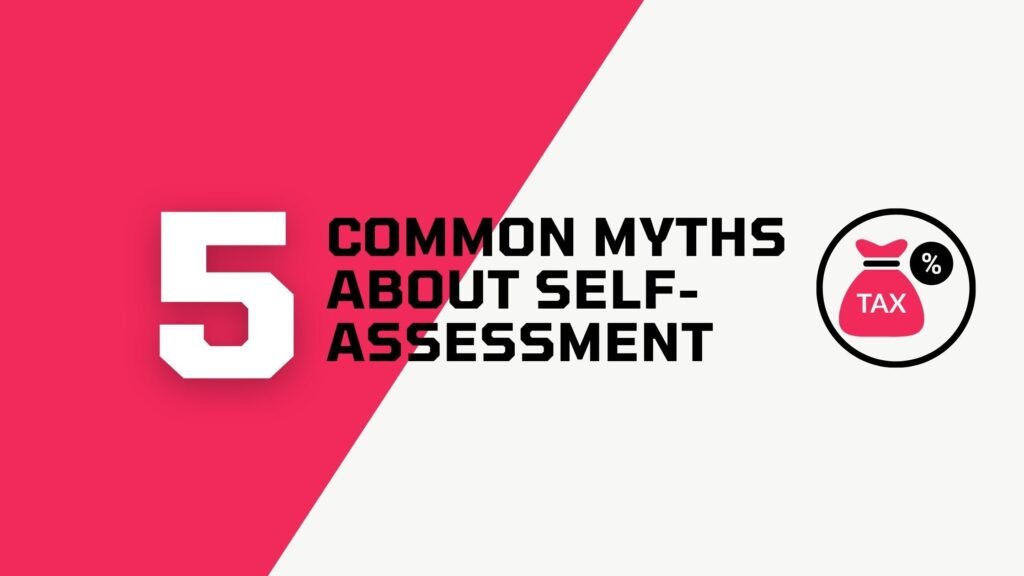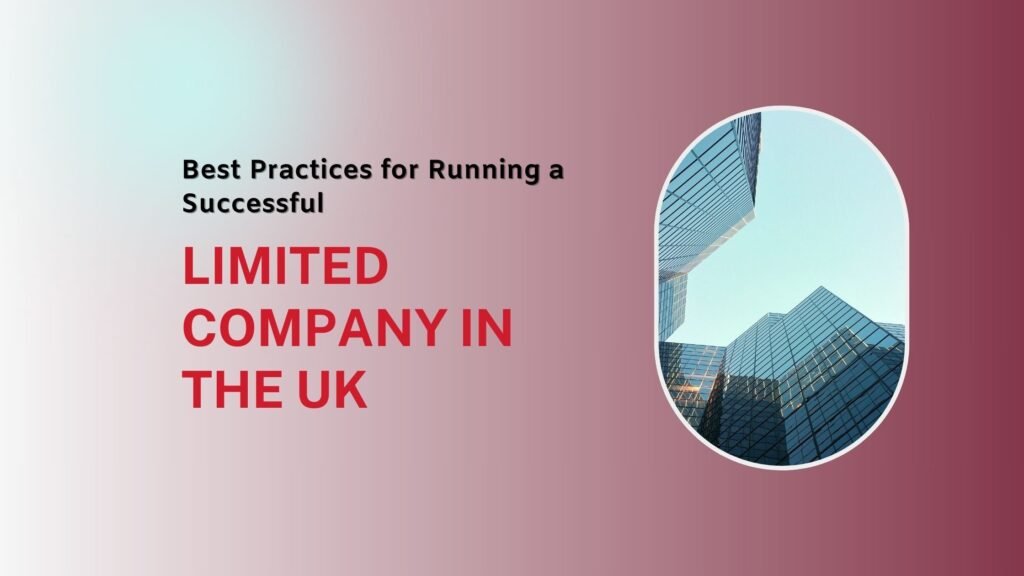Running a charity in the UK involves key tasks like handling taxes, keeping financial records, and following legal rules. VAT can be especially tricky, with specific rules for charities that can be easily overlooked. Missing out on the reliefs you’re entitled to could result in paying more than necessary, which is the last thing any charity wants to do. This guide is for UK-based charities, non-profits, and even small business owners who work with them. We’ll break down what VAT reliefs are available, when they apply, and how to claim them.
Understanding VAT for Charities
VAT (Value Added Tax) is applied to most goods and services in the UK. Businesses collect VAT on what they sell and pay it on what they buy, with the difference going to HMRC.
For charities, the basic VAT rules still apply, but there are important differences. Some goods and services you buy for charitable purposes can be charged at a reduced rate, zero rate, or be exempt from VAT altogether. In some cases, you may not need to register for VAT at all, unless your taxable turnover goes over the current VAT threshold (£90,000 as of 2024). The key is that VAT relief for charities depends on what you’re buying, how it will be used, and whether it meets HMRC’s qualifying criteria.
Main VAT Reliefs Available to Charities
Charities in the UK can get VAT relief on certain goods and services. This usually means paying no VAT (0 rate) or a reduced rate. To qualify, the purchase must be for charitable use and meet HMRC’s conditions.
Zero-rated items – You pay 0% VAT.
Examples are,
- Fundraising and advertising materials for your charity
- Construction or renovation of certain charity buildings
- Medical or scientific equipment for charitable use
Reduced-rate items – You pay 5% VAT instead of 20%
Examples are,
- Fuel and power for charity-run residential accommodation
- Energy-saving materials installed in charity buildings
Not everything a charity buys will qualify, so it’s important to confirm with your supplier and keep proof that the purchase meets the rules.
VAT on Charity Donations
Most charity donations in the UK are exempt from VAT. If someone gives money freely, without getting goods or services in return, there’s no VAT to pay. This applies to one-off gifts, regular donations, and fundraising appeals. VAT only becomes an issue if the “donation” is actually a payment for something such as an event ticket, merchandise, or a service. In those cases, standard VAT rules apply.
Gift Aid doesn’t change the VAT position. It’s an income tax relief that allows charities to claim an additional 25p from HMRC for every £1 donated by a UK taxpayer. Since Gift Aid applies to voluntary donations, VAT is still not charged on them.
VAT Rules for Charity Shops
Charity shops typically do not charge VAT on donated goods. When items are given to the shop for free and then sold, the sales are exempt from VAT. If a charity shop sells new goods, standard VAT rules apply. This means that VAT is charged if the charity is VAT-registered.
Fundraising events run by charities, like fairs or jumble sales, can also be VAT exempt if they meet HMRC’s conditions. The event should be held to raise money and not too frequently.
How to Claim VAT Relief for Charities
Claiming VAT relief is simple if you understand the rules and prepare the necessary documents. Here’s how to do it:
1. Check if your purchase qualifies
- Ensure the goods or services are intended for charitable use.
- Confirm they fall under HMRC’s zero-rated or reduced-rate categories.
2. Tell your supplier before you buy
- VAT relief isn’t automatic. You need to let the supplier know you qualify.
- Provide them with a written declaration confirming your charitable status and the qualifying purpose of the purchase.
3. Use the correct declaration form
HMRC doesn’t require a special template, but your supplier might. A valid declaration should include:
- Your charity’s name and address
- The goods or services you’re buying
- A statement that they qualify for VAT relief
- Your signature and date
4. Keep copies for your records
- Store the signed declaration and related invoices.
- These records are important if HMRC checks your claim.
5. If VAT is charged by mistake
- Reach out to the supplier to request an updated invoice or a refund.
- HMRC will not refund VAT directly to you; the supplier is responsible for paying it.
Conclusion
VAT rules for charities can feel complicated, but knowing what reliefs you qualify for can save a lot of money. Always check if your purchases meet: HMRC’s conditions,keep clear records, and let suppliers know you’re claiming VAT relief before buying. Even small savings can make a big difference to your charity’s work. When in doubt, refer to HMRC’s guidance or speak to a VAT adviser to make sure you’re not paying more than you should.
